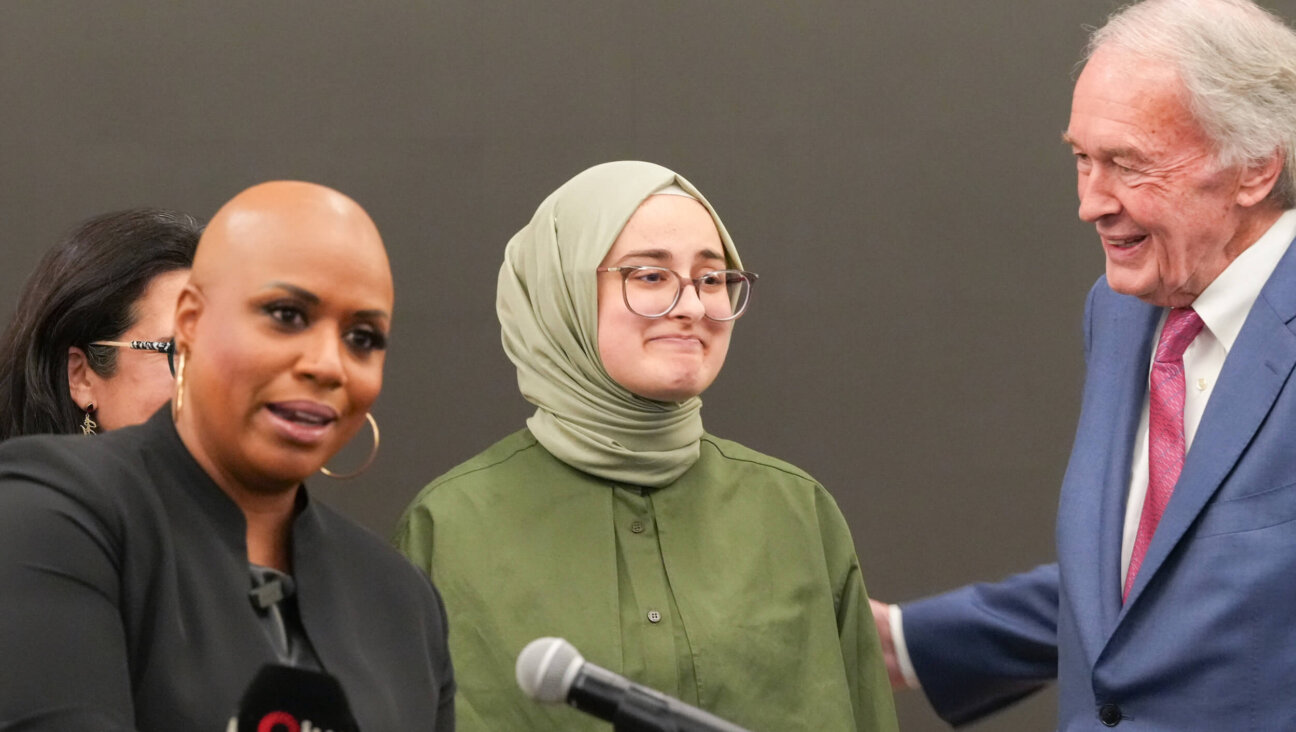One Solution: Two States
The steady march of settlements, the rightward shift in Israeli politics, the growing sense that a conflict-ending peace agreement is impossible — all these things are feeding some pundits’ impulse to declare the death of the two-state solution as a means of ending the Israeli-Palestinian conflict.
But what are the alternatives?
Some support a “one-state” solution. Anti-Zionists and some post-Zionists imagine a Palestinian-majority, secular, democratic state; some Israeli right-wingers envision Israel annexing the West Bank, using ploys to disenfranchise its Palestinian residents and finally getting rid of Gaza.
Both visions are illusions. No Israeli government will dissolve the State of Israel. And Israel will never be able to justify, even to its closest allies, formalizing its own version of apartheid in the West Bank while turning Palestinians in Gaza into a futureless, stateless people imprisoned on the edge of the Sinai.
Others want to revive interest in the “make-the-Palestinians-someone-else’s-problem” scenario, popular in Israel in the 1970s and 1980s with slogans like “Jordan is Palestine” and “Gaza is Egypt.”
But this, too, is an illusion. Neither Egypt nor Jordan will willingly collude in killing the dream of Palestine. Neither will take on Palestinian populations that would almost certainly be destabilizing, domestically and regionally. Neither will agree to Israel annexing East Jerusalem. And any effort by Israel to force the issue — by trying to dump Gaza in Egypt’s lap and force parts of the West Bank on Jordan — would likely cost Israel its peace treaties with both countries.
Still others are adopting a “variation-on-the-status-quo” approach. They suggest that the current situation can be tweaked to be bearable for both sides, until Israelis and Palestinians evolve to the point where a permanent, conflict-ending agreement is possible.
This idea is disconnected from reality. The occupation cannot be neutered by clever arrangements. Any continuation of the status quo, however tweaked, will lead inevitably to more settlement expansion and a deepening of Israel’s hold on East Jerusalem — to the point that even if the hoped-for sea changes someday occurred in both societies, there would be nothing left for the newly enlightened peoples to negotiate.
And finally, a growing number of Israelis are advocating the “no solution” paradigm. This is the view that there is simply no way of resolving the Israeli-Palestinian conflict.
Like the others, the “no solution” paradigm is an illusion — the product of the fact that the status quo is generally quite bearable for most Israelis. It reflects an almost child-like belief that the situation is static — that the status quo will endure even if Israel signals that it has no intention of ending the occupation. It assumes that Palestinians, denied even the hope of a political horizon, will not abandon restraint and fight harder and more violently for their freedom. It assumes that the de facto détente that Israel has achieved with the Arab world won’t crumble.
Because things generally seem to get worse in the Middle East, we often forget that they can also change for the better. Today, 32 years after Egyptian President Anwar Sadat’s 1978 visit to Jerusalem, which heralded the beginning of the land-for-peace era, and 17 years after the Oslo Accords, which signaled the birth of the two-state paradigm, there are those who argue that the land-for-peace and two-state paradigms are as fantastical as the others. They are wrong.
The two-state solution is still possible, even if it becomes harder to imagine — and to implement — with each passing day. And it is the only option that holds the promise of anything other than a permanent state of conflict between Israel and the Palestinians, and between Israel and the Arab world. Israelis and Palestinians seem to recognize this — polls show that majorities of both populations still support the two-state solution, even as each doubts the seriousness of the other side’s commitment to achieving it. Recent polling shows that majorities in the Arab world feel the same and recognize that if the two-state solution is gone, the most likely result will be intense conflict.
Those of us who care about the future of Israel and the Palestinians should be doing everything we can to capitalize on this realism and to realize the two-state solution, before the opportunity is truly lost. And we should be pushing back hard against casual talk about post-two-state paradigms — because the “alternatives” are just illusions.
Lara Friedman is director of policy and government relations for Americans for Peace Now.























